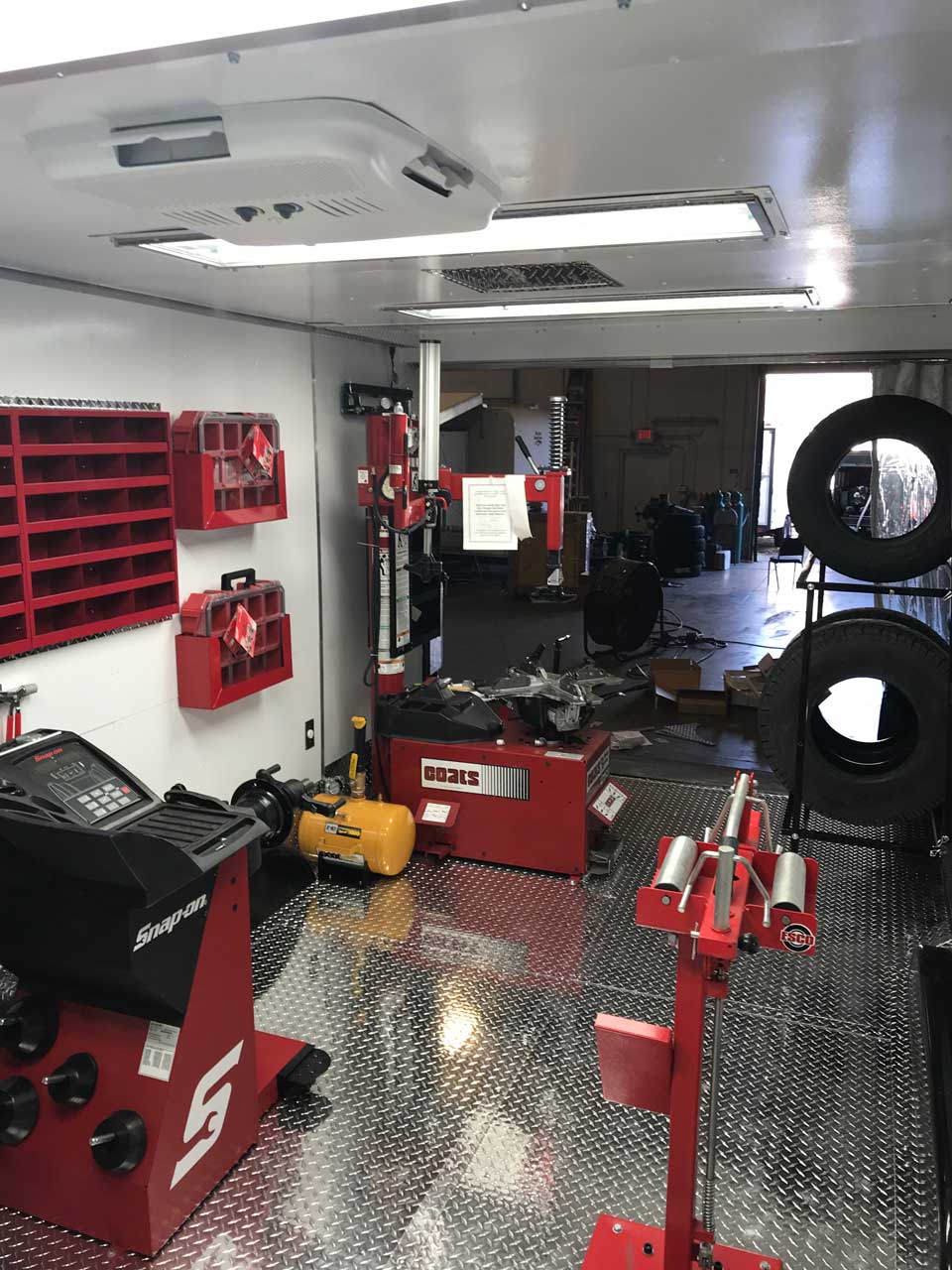Tire Service: The Impact of Weather
When it concerns ensuring optimum efficiency and safety on the road, understanding the effect of climate conditions on tire service is important. From scorching warm to icy roads, each weather aspect can significantly influence tire capability and total driving experience. By delving into the effects of differing weather on tires, motorists can acquire useful understandings that may improve their car's efficiency and long life. In this conversation, we will certainly discover the intricate partnership between climate condition and tire solution, dropping light on the value of weather-specific tire upkeep techniques and considerations.
Heat and Tire Performance
When revealed to heats, tires experience modifications in performance that can substantially influence vehicle safety and handling. The warmth created from prolonged driving or heat conditions triggers the tire rubber to soften, causing minimized walk life and enhanced wear. As the rubber becomes softer, the tire's hold on the roadway decreases, influencing stopping distances and general grip. In severe instances, excessive warm can also create tire blowouts, presenting an extreme safety danger to the car and its residents.

Winter Results
Winter conditions can have a substantial influence on tire performance and safety and security. As temperatures decline, tire rubber can solidify, leading to decreased traction on icy or snow-covered roadways. In cool weather condition, tires might additionally lose atmospheric pressure much more swiftly, which can influence dealing with and gas effectiveness. In addition, chilly temperatures can cause tire sidewalls to tense, enhancing the risk of damages from craters or various other road threats.
To minimize the results of winter on tires, it is crucial to regularly examine tire pressure and inflate them to the producer's suggested degrees. Utilizing winter or all-season tires developed for winter conditions can also boost grip and grasp on icy or snowy roads. Proper tire upkeep, consisting of regular evaluations for wear and damages, becomes much more crucial during cooler months to make sure ideal performance and safety.
Rainy Conditions Influence
Tires with damaged footsteps are more susceptible to hydroplaning, where a layer of water develops up between the tire and the roadway surface area, leading to loss of grip. To combat this, chauffeurs must regularly examine their tires for ample walk deepness and consider spending in tires especially designed for damp conditions.
Moreover, wet climate can additionally decrease visibility, making it testing for drivers to see the roadway ahead plainly (GMC Tire Service). In such problems, it is important to change driving rates accordingly and preserve a safe complying with distance to permit unexpected stops. Appropriately inflated tires can likewise aid in keeping control on wet roads by giving better handling and grasp
Snow and Tire Safety
Snow-covered roadways present distinct challenges for vehicle drivers, highlighting the significance of proper tire selection and upkeep. When driving in snowy conditions, having the ideal tires can make a significant distinction in safety and security and efficiency. Wintertime tires are designed with unique rubber substances and tread patterns to supply better read here grip on snow and ice contrasted to all-season tires. The deeper treads and sipes of winter months tires assist grip the roadway better, decreasing the danger of sliding and gliding.

Furthermore, drivers ought to take into consideration setting up tire chains in extreme snowy problems. Tire chains offer extra grip by gripping the snow and ice, enhancing security and control. However, it is very important to comply with maker guidelines when mounting and utilizing tire chains to protect against damage to the tires and vehicle. By selecting the ideal tires, maintaining correct rising cost of living, and considering added traction aids like tire chains, vehicle drivers can improve Home Page their security when navigating snow-covered roadways.
Weather-Related Tire Upkeep
When encountered with numerous climate condition, correct tire maintenance ends up being an essential element of lorry safety and security and performance. Weather-related tire upkeep encompasses a variety of techniques targeted at ensuring ideal tire feature and long life in different climate scenarios. One essential facet of weather-related tire maintenance is tire stress guideline. Rising and fall temperatures can trigger tire stress to differ, affecting grip and fuel efficiency. On a regular basis adjusting and checking tire pressure according to manufacturer recommendations is crucial for safe driving in changing climate conditions. Furthermore, tire tread deepness plays a considerable function in dealing with various climate aspects. Tires with ample tread depth give much better grasp on damp or icy roads, decreasing the danger of skidding or hydroplaning. Evaluating tire step frequently and changing tires when walk wear gets to a certain depth is vital for preserving grip and stability in unfavorable weather condition. check these guys out By focusing on weather-related tire upkeep, vehicle drivers can improve safety and security, boost lorry performance, and lengthen the life-span of their tires.
Final Thought
In conclusion, weather condition conditions have a considerable influence on tire performance and safety and security. From warmth affecting tire pressure and use to cool weather reducing traction, it is important to think about the climate when maintaining and using tires.
In this discussion, we will certainly explore the intricate connection in between weather conditions and tire service, losing light on the value of weather-specific tire upkeep practices and factors to consider.

Comments on “Boost Your Drive: Top-Notch GMC Tires Service at Morris Tires”